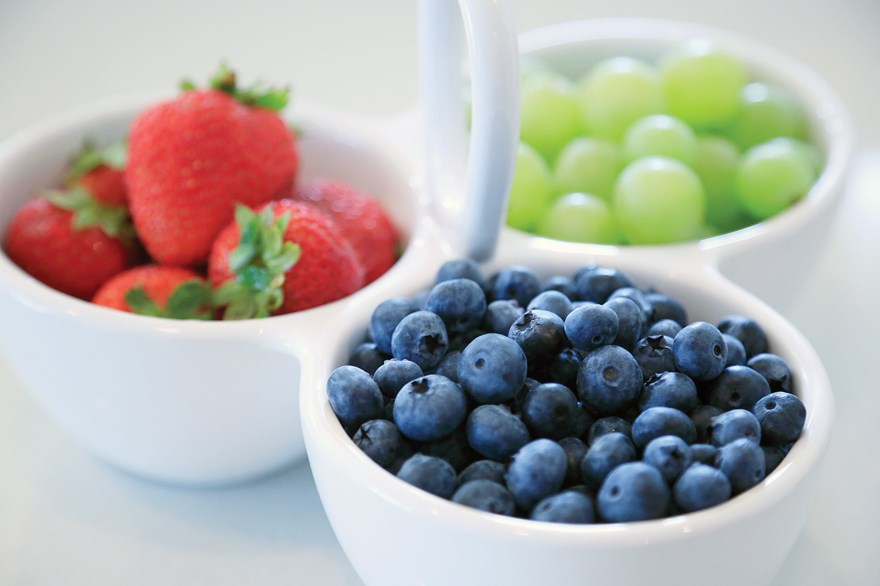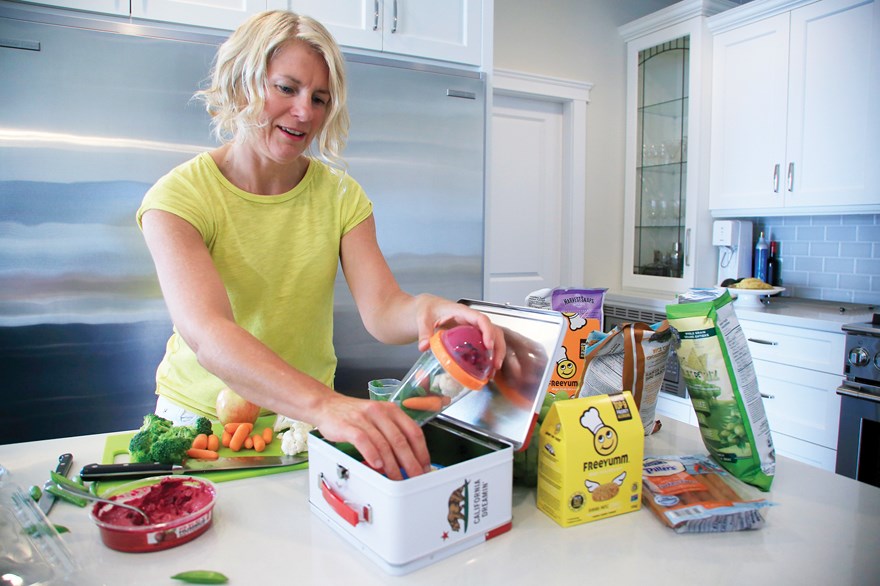With allergies and food sensitivities on the rise, making lunches has become even more of a chore these days.
Four years ago North Vancouver resident Sarah Clarke started FreeYumm Foods, a line of kid-friendly snacks that are free from the top nine priority allergens: dairy, eggs, wheat/gluten, peanuts, tree nuts, sesame, soy, sulphites, and seafood.
The Harbourside-area company, whose products are now available coast to coast in both Canada and the U.S., was borne out of Clarke son’s experience with a peanut allergy and a number of food sensitivities.
As kids head back to school this week, Clarke says it's a timely reminder that food allergies can crop up out of nowhere.
“Most people don’t realize that a child’s first anaphylactic reaction will occur with no prior history of an allergy … it is a complete surprise,” says Clarke. “Most schools now include peanuts and all tree nuts in their list of ‘No-Go’ ingredients. I have also heard of some instances such as dairy and egg being excluded, but these tend to be at the younger ages in daycare or preschool.”
But there are nut-free alternatives to fake the perfect PB&J sandwich – just without the peanuts. Clarke offers her own take on the childhood staple.
“We use sunflower butter combined with honey, bananas, or jam,” explains Clarke. “There are also soy-based versions. The choice of bread always depends on the diet of the child, however it is important to choose one which minimizes starches and sugars, and maximizes proteins and fibre using whole grains and seeds.”
In general, a lot of parents and kids dread making lunches, mainly because of the day-after-day routine of it, says Sarah Clarke. She has two cardinal rules that help make lunches a fun activity and less of a chore.
No. 1: Involve your kids
“Invest extra effort upfront, to make things easier for the rest of the year. Plan a grocery trip dedicated exclusively to buying food for lunches. Sit down with your kids in advance to discuss and educate them on the process of choosing healthy foods. Make a list of what they can and will eat (that you agree are good choices). Then wander the aisles of the grocery store together, undistracted by hunger or the stress of getting dinner on the table. I am always amazed by what my son finds that I haven’t noticed! It is a great way for kids to learn about reading labels and planning a balanced meal – and they are also more willing to try new things. This is a fun process when approached in the right way!"
No. 2: Create a menu of staple ideas
“This is like advice for wardrobe planning. Based on what you and your kids approve, you can create a menu of anchor pieces and then mix and match ‘unlimited’ combinations. It really helps with variety, day to day! My staples fall into three major categories: mains; fruits and veggies; snacks. I have 10 anchor options for each category, which I now automatically replenish when grocery shopping. For two weeks your kid won’t eat the same main meal twice, and when combined differently with a variety of snack and veggie/fruit options, you will have months of meals that are never the same! It is this upfront effort that eliminates the chore of daily decision making and weekly shopping angst."

How can you sneak nutrition into yummy snacks? It’s simple: make it taste good, says Clarke.
“None of us want to eat carrot sticks or cucumber slices every day for lunch. Smoothies, veggies with different dips, fruit parfait, various tapenades or spreads in the sandwiches – these are all great ways that don’t involve being sneaky, but are just teaching our kids to enjoy healthy food.”



